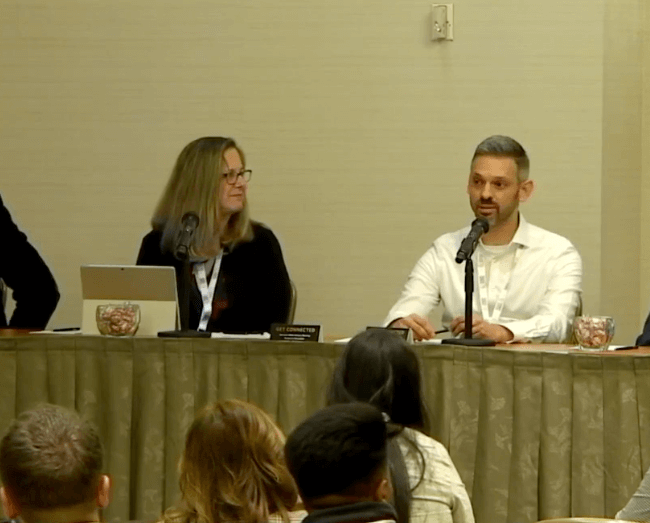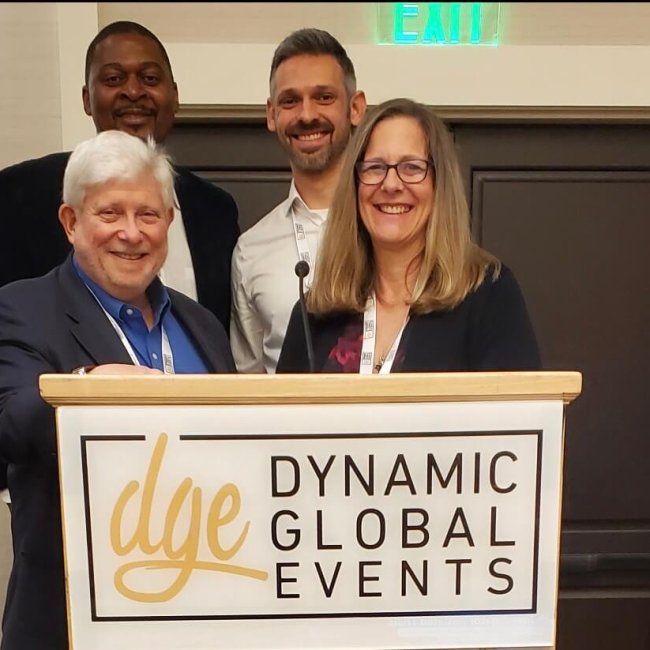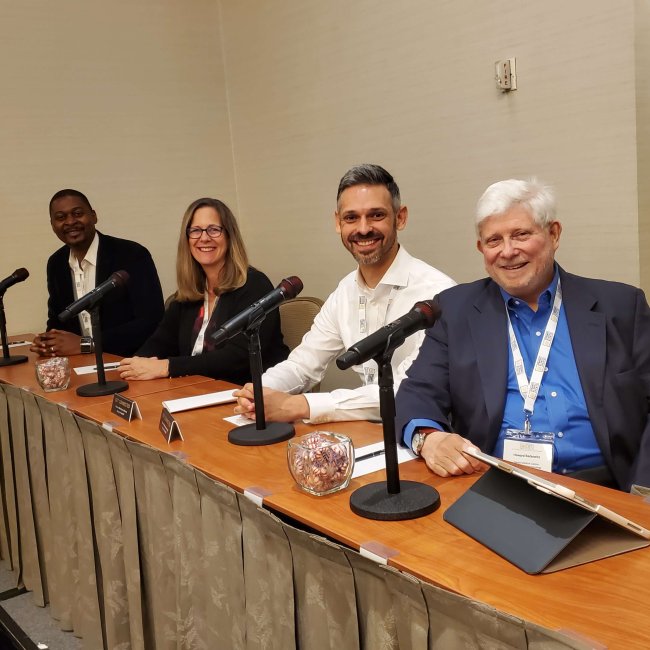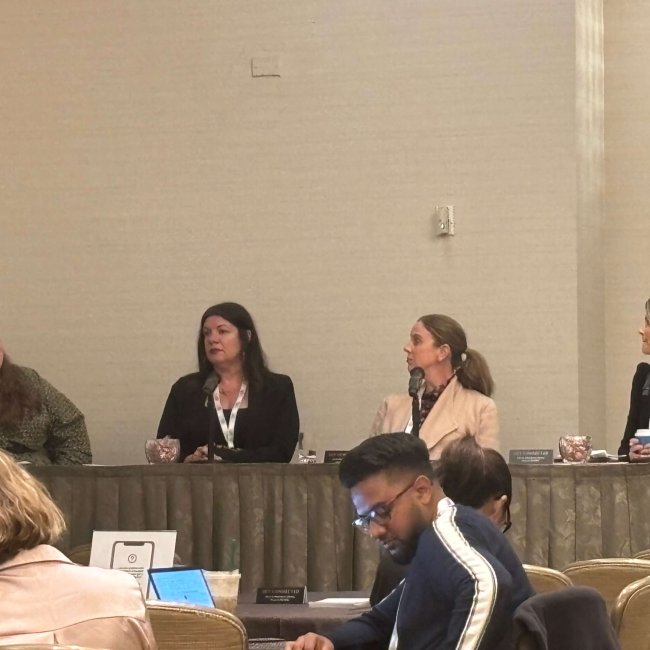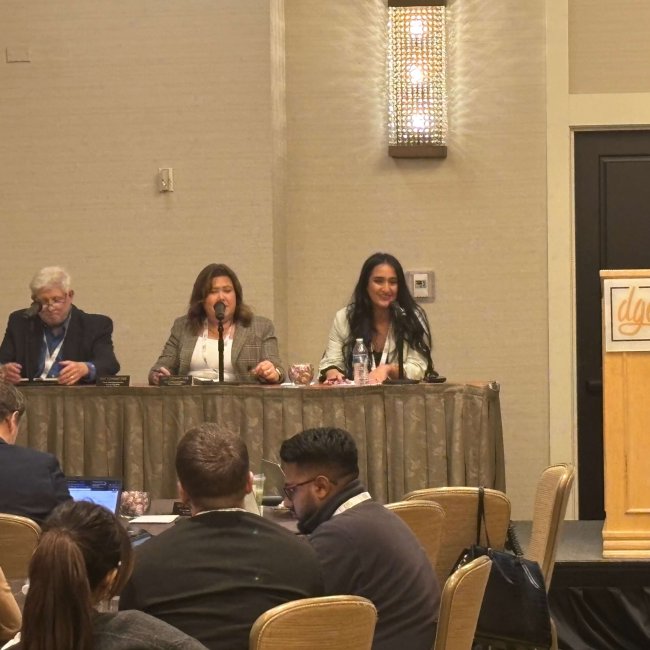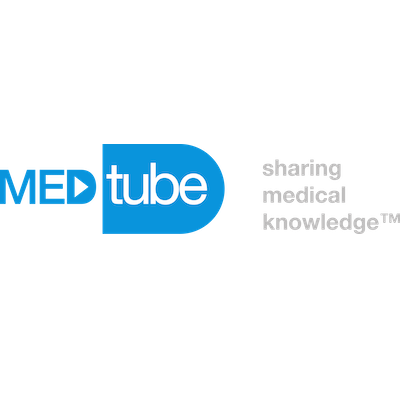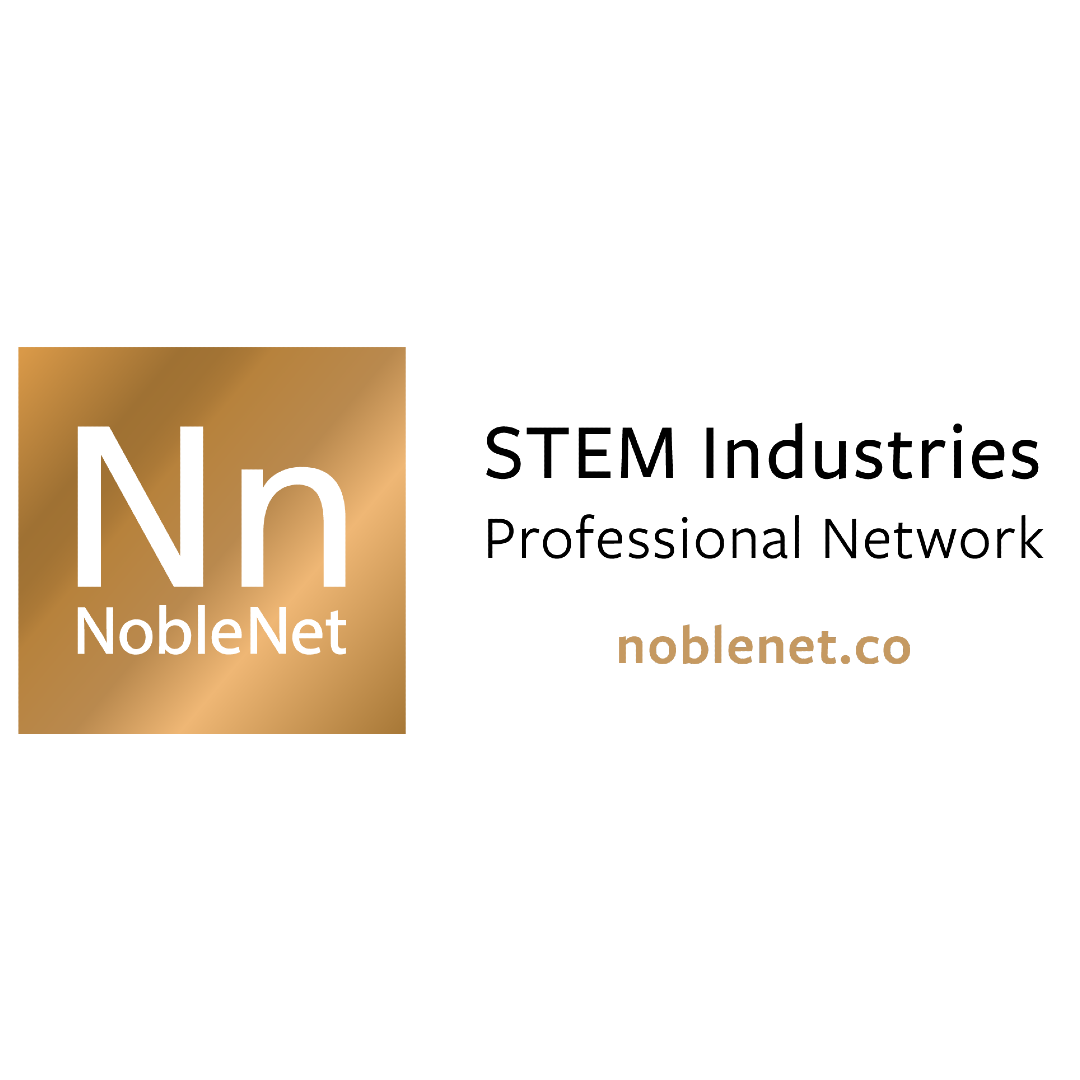As investigator-initiated trials grow more intricate, your team needs the most up-to-date strategies on building successful IITs, forecasting budgets, achieving study milestones, and brainstorming innovative KPI strategies.
Save the date for November 11-12 for DGE's 4th Investigator Initiated Trials conference! Back by popular demand, our all- new agenda provides answers to your most urgent questions about the best practices for reviewing, selecting, and funding research investigators!
Investigator-Initiated Trials/ Studies/Research
- Investigator Research and Management
- Clinical Science and External Research
- Medical Affairs
- Trial Manager
- Research Collaborations
- Clinical Trial Liaison
- Site Management
- Late Phase Research and Grants
- Legal and Regulatory Affairs
- Investigator Contract Lead
- Study and ISR Operations
- External Research
- Scientific Leadership and Research
- Clinical Project Management
- Grants Management
- Post-Market Studies
- Grants & ISS, Global Medical Affairs
- Medical Writing / Scientific Writing
- IIS and Collaborative Studies
- Field Medical
- Grants and Funding
- Global Medical and Scientific Affairs
- External Research and Development
- Research Grants
- Medical Study Operations
- Study Delivery
- Investigator sponsored research
- Medical Science Liaisons
- TMF Study Lead
- Clinical Outcomes and Publications
- Clinical Trial Monitoring
- Publication Planning
- Scientific Communications & Operations
- Phase IV
- Build and Maintain the Best Teams
- Compare and Contrast Collaborative Studies vs Traditional IITs/IIRs
- Combine Resources to Help Even the Smallest Patient Populations
- Address the Role of the MSL in Investigator Initiated Research
- Promote the Best Practices for Collaborative
Maximize your brand's impact and visibility by becoming a valued sponsor. Shape the future of life sciences, connect with other industry leaders, and showcase your commitment to innovation. Elevate your presence - sponsor this conference and be at the forefront of advancements in science and technology.
Hit your networking target. Connect with the right professionals to amplify your event connections
Discover networking opportunities to interact, engage, and build valuable connections
After the event, all approved presentations are made available exclusively to our valued attendees.*Conditions may apply*
Immerse yourself in a dynamic, vibrant conference experience while unlocking new opportunities with life sciences' key decision makers
Influence conference content and conversation! Submit your question below.
Stay up to date on the latest announcements


